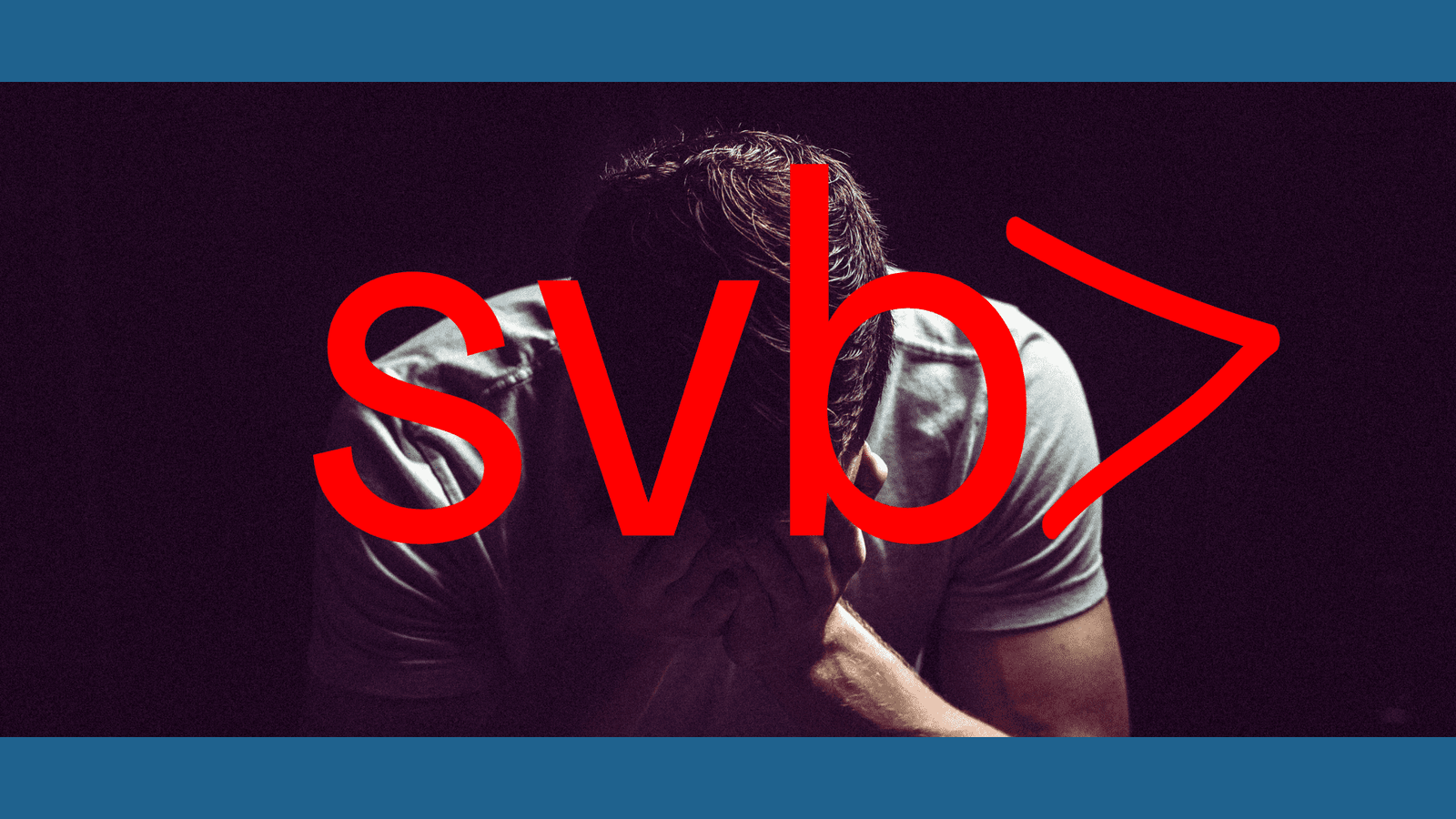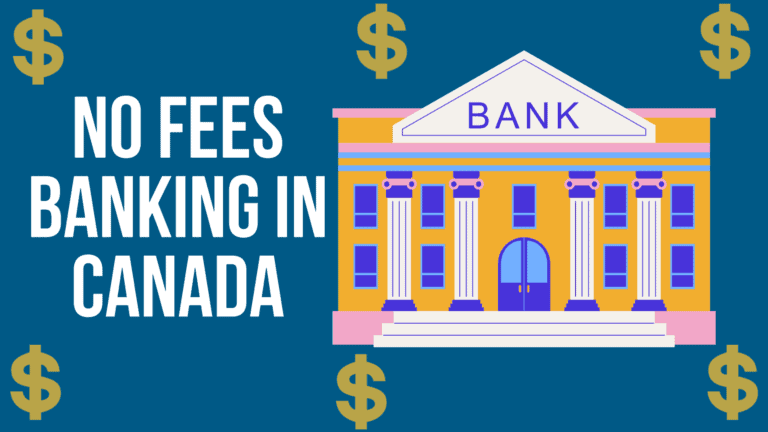Silicon Valley Bank’s collapse is the most significant failure of a financial institution since Washington Mutual collapsed at the height of the financial crisis in 2008. Everyone is talking about the Silicon Valley Bank (SVB) fiasco and there are lots of diverse perspectives around the whole crisis. Coming from a banking background, it is surprising to witness this mishap in an era where banks are tied down by regulatory limitations to do their business. Back then, with Lehman Brothers, there was a lack of proper risk management controls, and this time, failure of risk management practices.
Let’s understand the basics of banking business
Banks predominantly make money as Net Interest Income (NII) i.e., the difference between interest received from investments and interest paid on deposits. This means banks have to find ways to invest the money received from customer deposits and earn interest income to fulfil their obligations towards depositors. However, banks are guided by various statutory regulations to maintain certain liquidity with them. This means they cannot use the entire deposit portfolio to invest in long-term assets like mortgages or long-term securities and have to maintain liquidity in the form of cash or easily marketable securities. This is called Liquidity Risk Management. This is done so that banks can honour their deposit drawdowns anytime the money is demanded back without tapping into their long-term investments to get access to the cash required due to contractual limitations.
What led to SVB collapse?
In 2021, svb saw a mass influx in deposits, which jumped nearly 3 times since 2019. The fast growth of deposits at svb outpaced the growth of their loan book, so SVB parked the deposits by investing in long-term mortgage-backed securities (MBS) with a weighted average yield of 1.56%, most of which have 10+ year lock-ins. But when Fed increased the interest rates in 2021 and 2022, the value of MBS held by SVB plummeted. This is because investors had access to long-duration risk-free bonds from the Fed at a much higher yield.
The market sensed this and people started withdrawing deposits from the bank. To meet customers’ withdrawal requests, SVB announced that they had sold $21bn of their Available For Sale (AFS) securities at a $1.8bn loss, and were raising another $2.25bn in equity and debt. Now, this came out as a shocker in the market as SVB was perceived to have been maintaining good liquidity.
Apart from the macroeconomic factors as the interest rate hike explained above, ample idiosyncratic issues cropped out while studying this crisis. Let’s dwell into a few of them:
- Funding Concentration: Age old saying “Diversify your finances” cemented its importance once again. The fast and furious deposits pullback was unique to SVB given how concentrated its deposit base was in the VC/Fintech/Startup world. Given the fact that these businesses are sensitive and volatile as they are work-in-progress towards stability, a herd mentality was seen as the first sign of stress.
- Regulatory compliance not in scope: Basel III regulations on Liquidity and Funding Risk Management were not a mandate for SVB due to its size. Time for regulatory bodies to extend their mandates on smaller banks too. Well, I should say comparatively smaller banks, after all, we are still talking about dollars in billions!
- Volatile deposits: Deposits have to be classified as sticky and non-sticky. As the name suggests sticky deposits are considered a stable source of funding for the bank i.e., they are not sensitive to market conditions and are less likely to roll out. Banks around the world witnessed a large influx of deposits in the last 2 years in light of market volatility due to the pandemic, the Russia-Ukraine crisis etc, these have to be considered cyclical and not modelled as sticky deposits. Every Bank must have effective internal stress models to predict net cash flows in the near term. A clear failure of the model here!
- Assets and Liabilities mismatch: ALM management failed to point out another very important metric was the disaster. Let’s understand by example. A borrowed 1000$ from B for 6 months at 5% and then A lent the same 1000$ to C for 12 months at 8%. So, when after 6 months, B approaches A for repayment – while A has the assets (loan provided to C), but it does not have the liquidity to repay B, which leads to defaults.
What’s happening to customers of SVB?
SVB Is FDIC Insured bank, Deposit insurance is one of the significant benefits of having an account at an FDIC-insured bank—it’s how the FDIC protects your money in the unlikely event of a bank failure. The standard insurance amount is $250,000 per depositor, per insured bank, for each account ownership category. And you don’t have to purchase deposit insurance. If you open a deposit account in an FDIC-insured bank, you are automatically covered.
Source FDIC:– As SVB got closed down by the California Department of Protection and Innovation, FDIC got appointed as the receiver. To protect insured depositors, FDIC created the Deposit Insurance National Bank of Santa Clara (DINB). All insured depositors got full access to their money on March 13, 2023. The FDIC will pay uninsured depositors an advance dividend within the next week and a receivership certificate for the remaining amount of their uninsured funds. As the FDIC sells the assets of SVB, future dividend payments may be made to uninsured depositors.
What Canadians need to learn from SVB Collapse :
The Canadian banking system is very strong and regulated and even in 2008, the Canadian banking system was resilient. All regulated banks in Canada are insured by CDIC equivalent to FDIC of the US. Canada Deposit Insurance Corporation (CDIC) is a federal Crown corporation that protects more than $1 trillion in Canadian deposits. In the rare event, a member financial institution faces failure, we step in to ensure you have continuous access to your money. CDIC protects eligible deposits held at each of our member institutions up to a maximum of $100,000, per separately insured category. In the case of a member failure, CDIC has a wide range of resolution tools it can use to resolve member institutions, such as supporting the sale of a troubled bank to a healthy one, or, if necessary, reimbursing depositors directly. These tools help support the overall stability of Canada’s financial system.
Coverage is free and automatic: you don’t have to apply for it. If there’s a failure and your deposits are eligible for CDIC protection, you won’t have to file a claim: you will receive your protected deposits automatically.
Conclusion: Canadian banks are highly regulated, However, if you have money sitting in your checking /Saving bank accounts which is greater than $100,000, then you should think about diversification, maybe you need to park money with different financial institutions or park money in market funds which provides liquidity and you chose those funds as per your risk appetite or go for alternative asset class Gold, Real estate and there are many options available. If you are corporate and have a huge amount of cash then you may have exposure to many banks but ensure to keep track of how these banks are performing and do they have exposure to any specific industry which may lead to a collapse similar to svb.
I have been working in the Assets and Liabilities Management field for almost a decade now. Having worked with some big Global Banks, one thing I can conclude is that the banking business is an extremely tricky ball game. And that leads me to my final message to the common man. Please, NEVER put all your eggs in one basket (diversify your sources as well as the placement of funds). Somewhere something will always go wrong and you cannot control it. Basic due diligence will surely reduce the probability of error but will certainly not be able to completely dodge the unprecedented. Therefore, make that extra effort to create multiple pipelines. After all, it’s your money!!
Also read: How to save bank fees in Canada :




